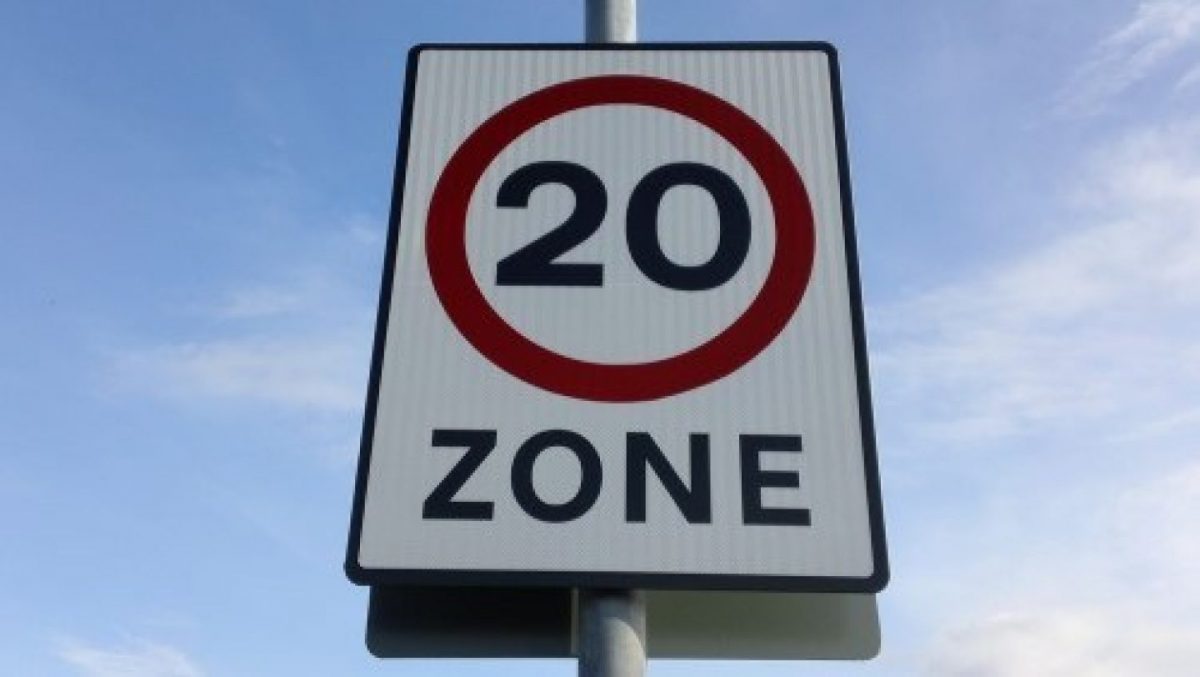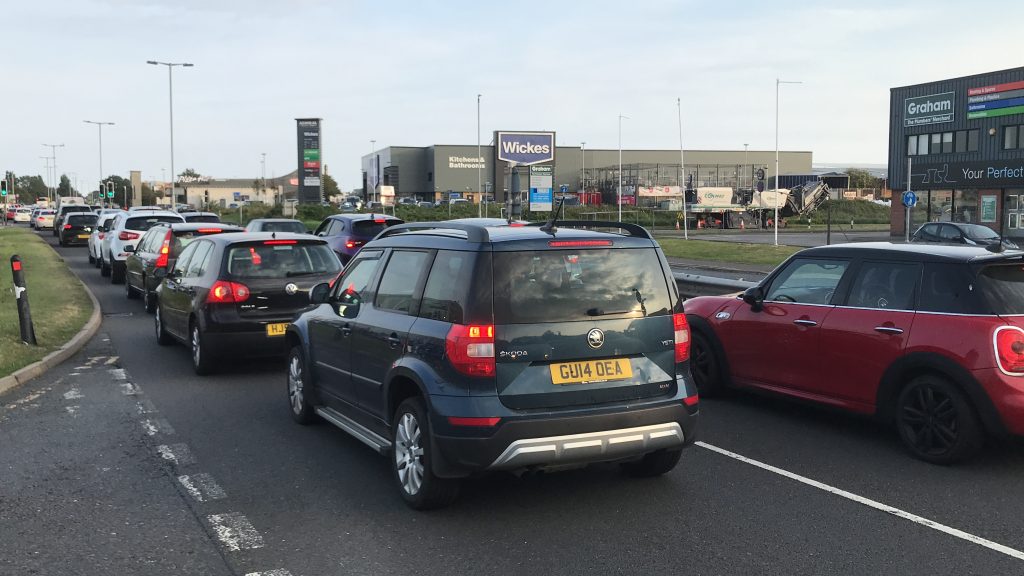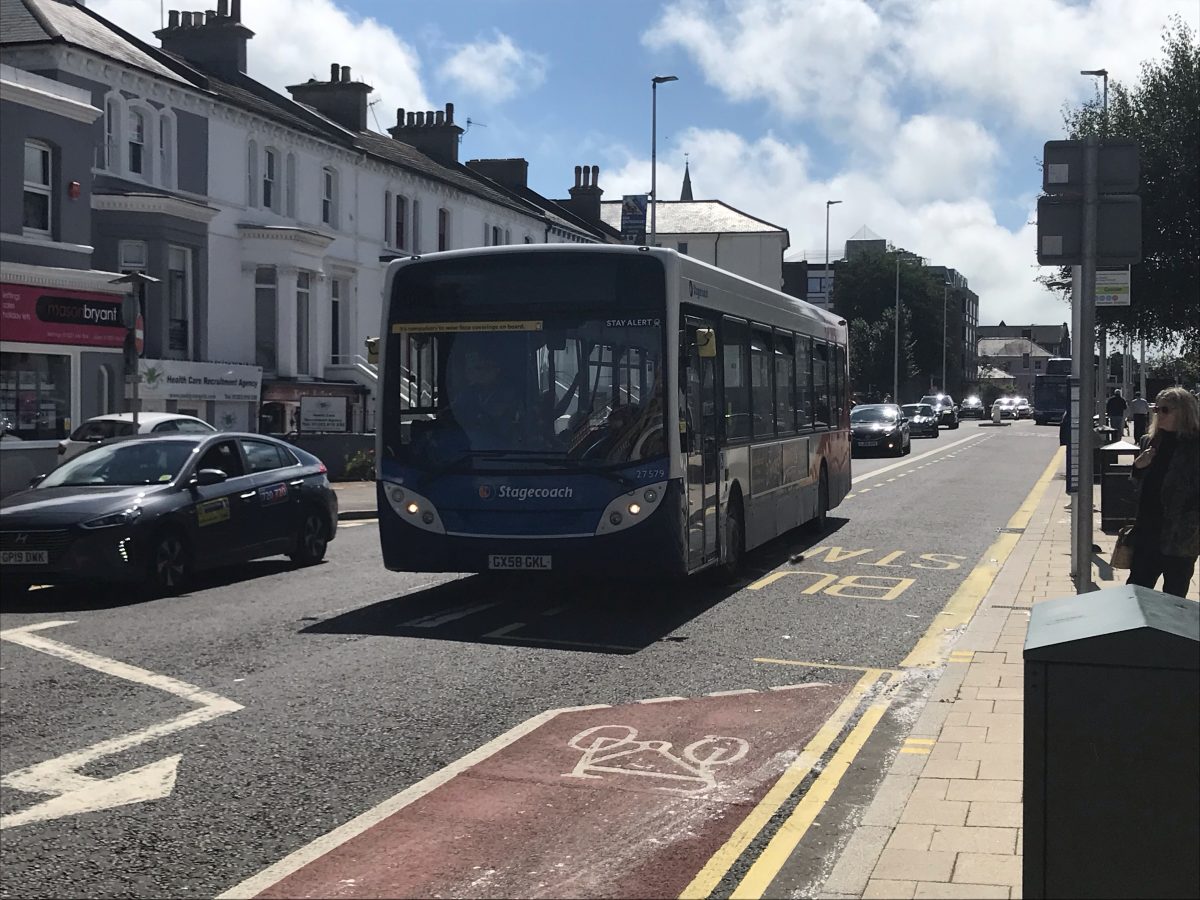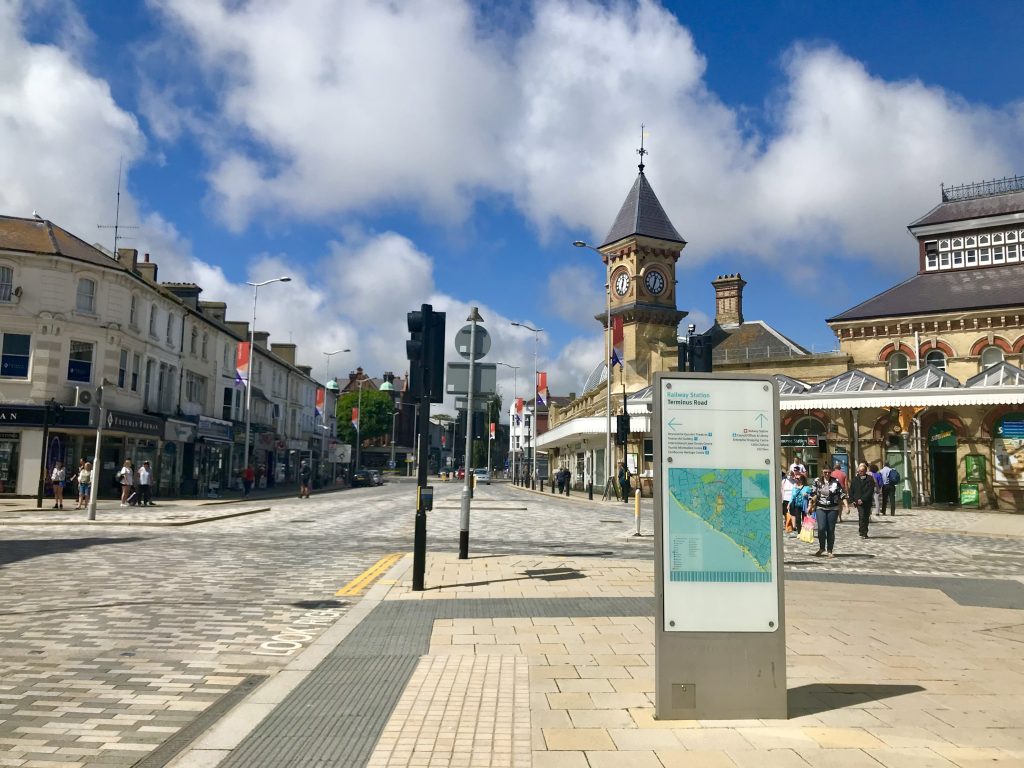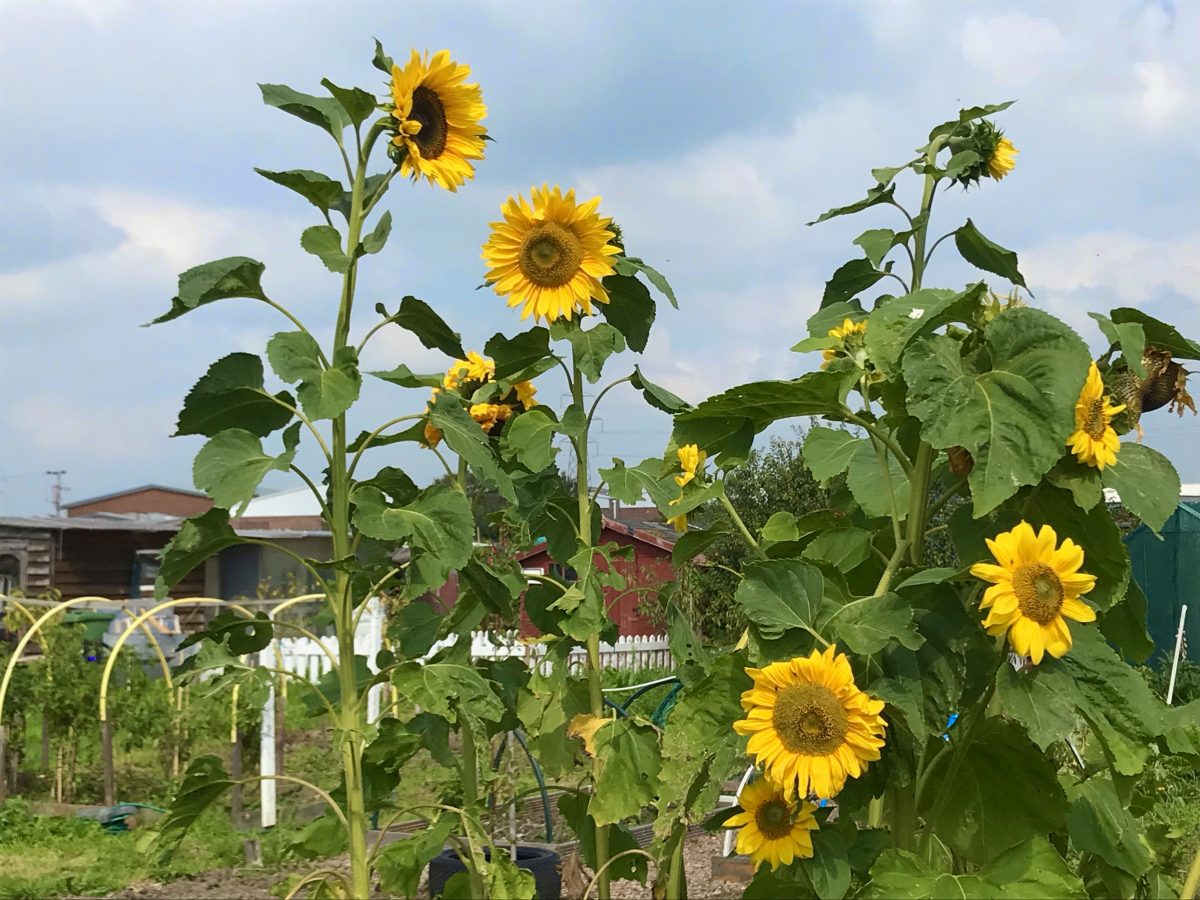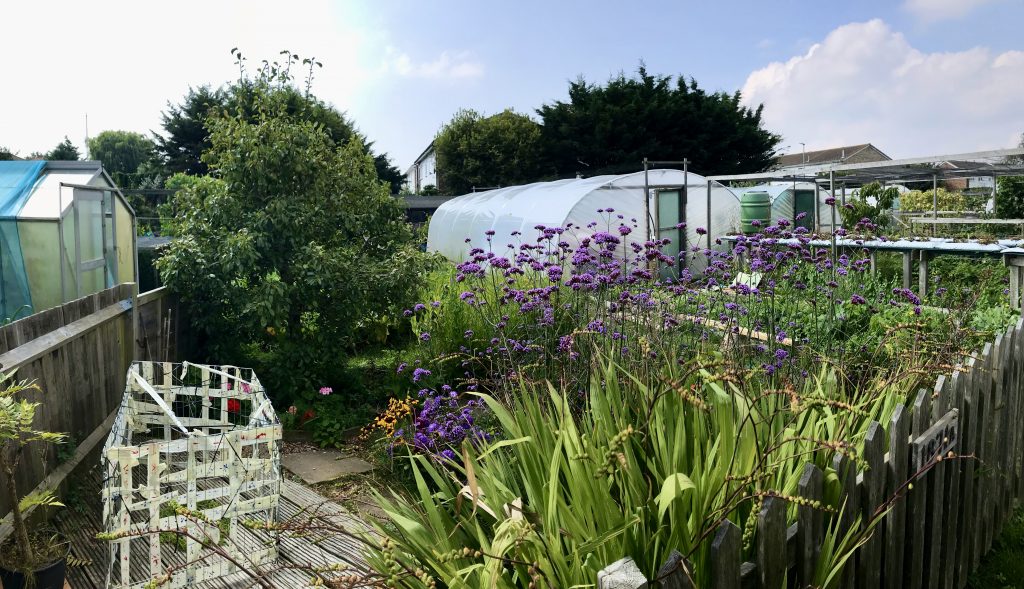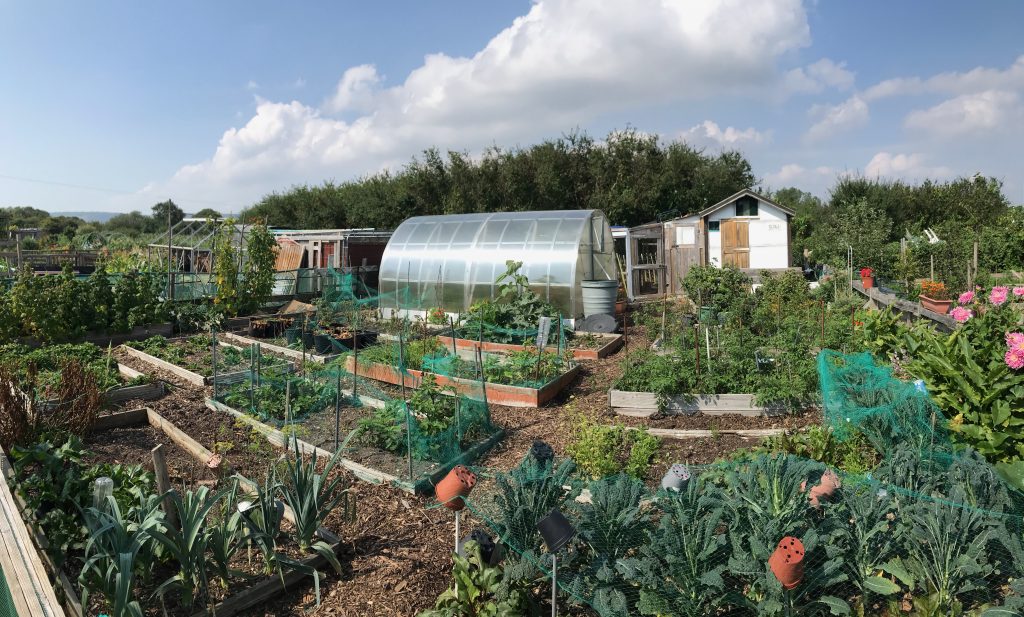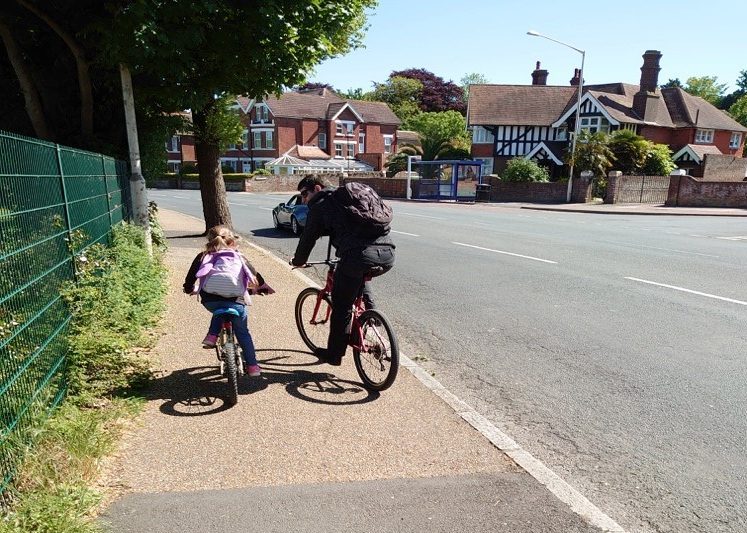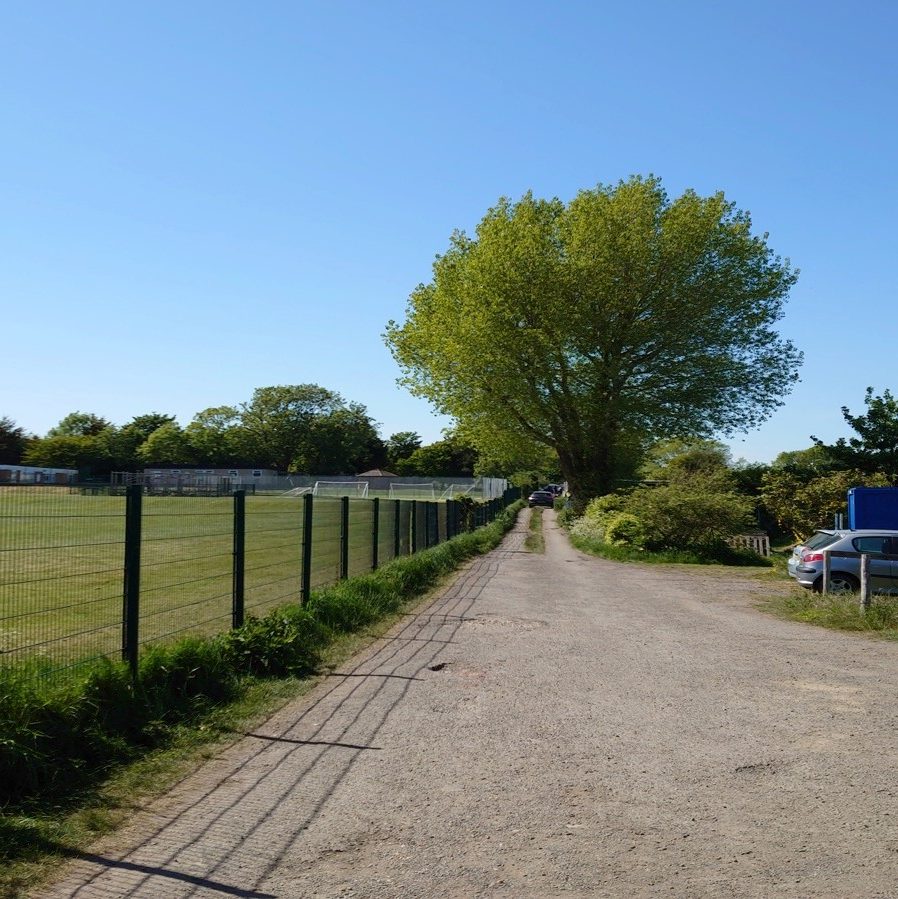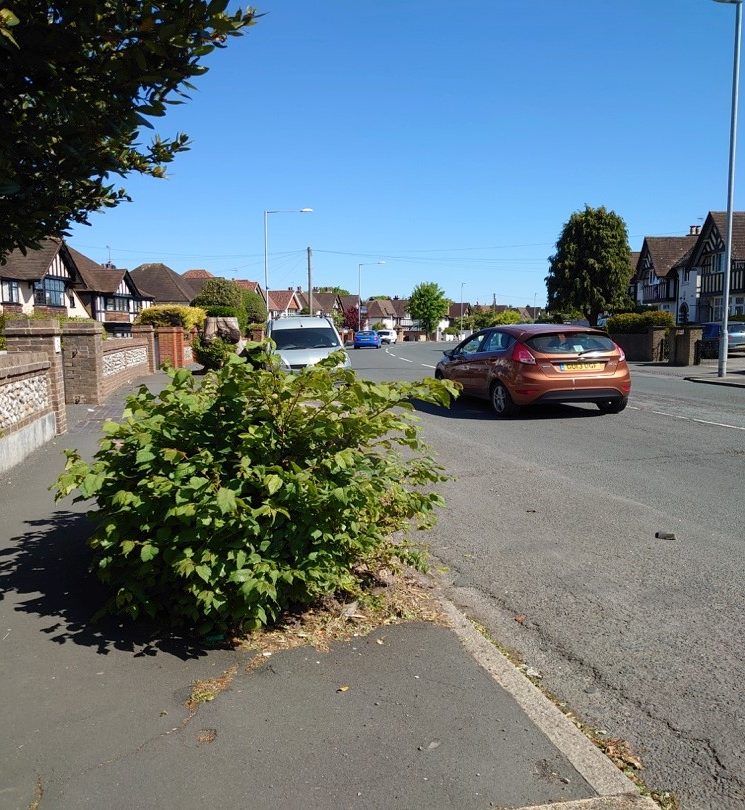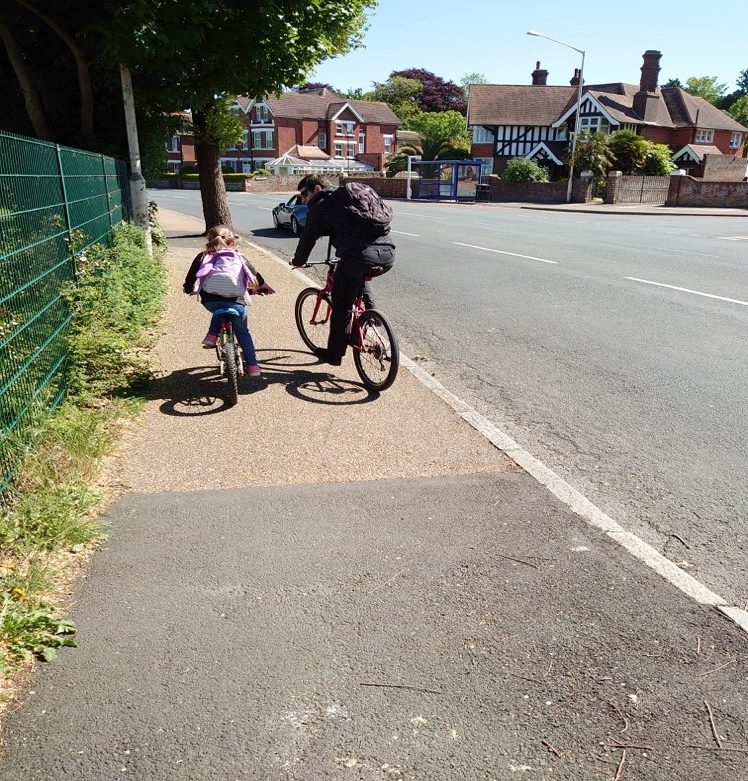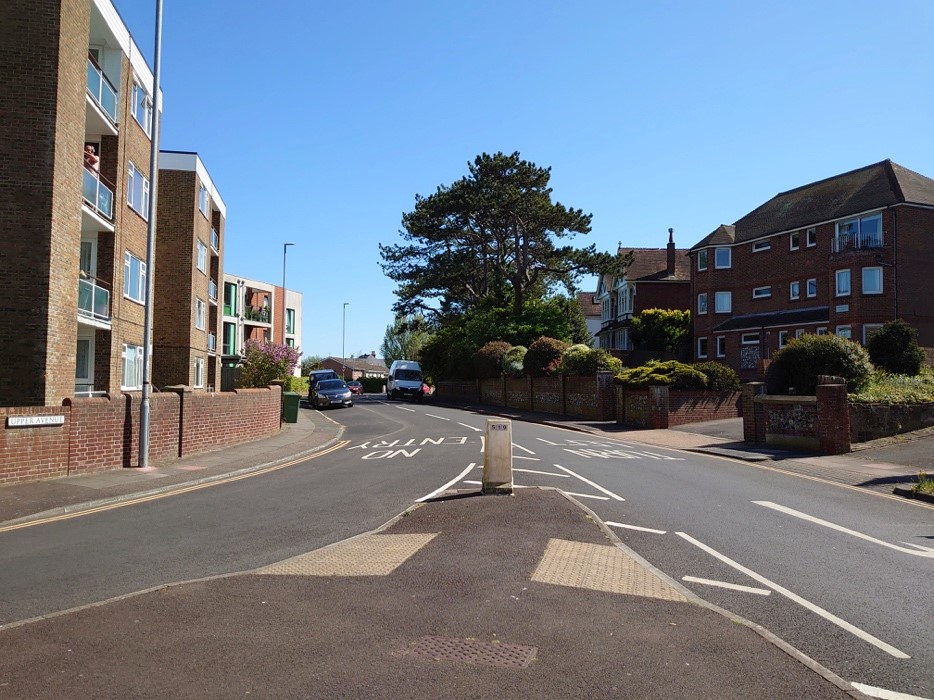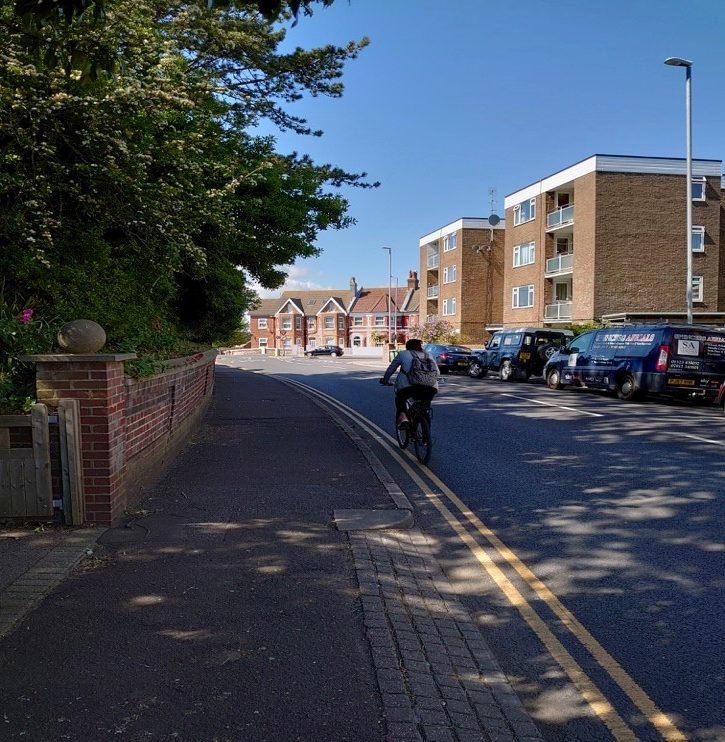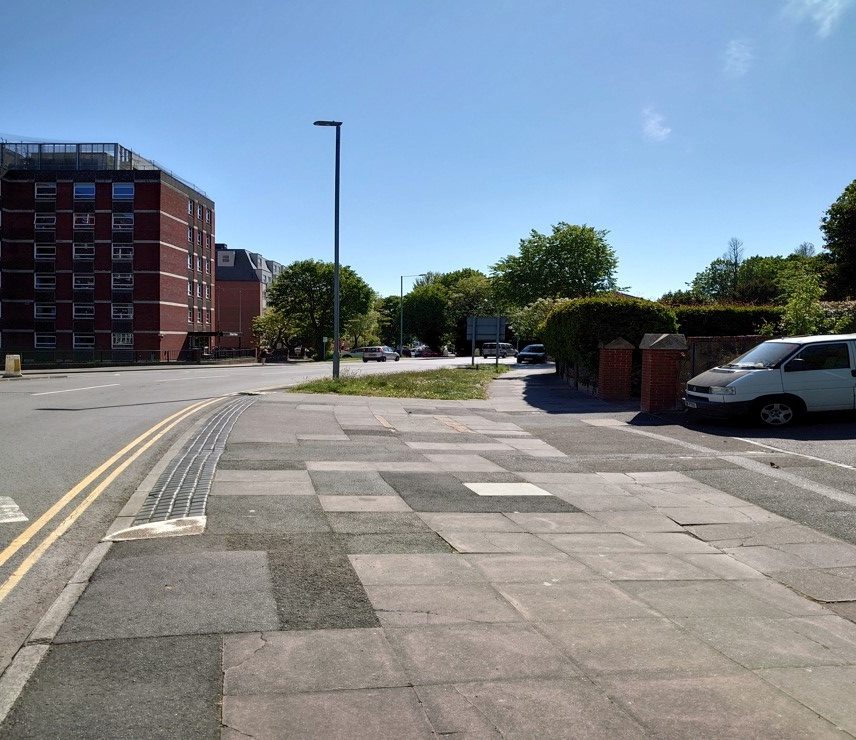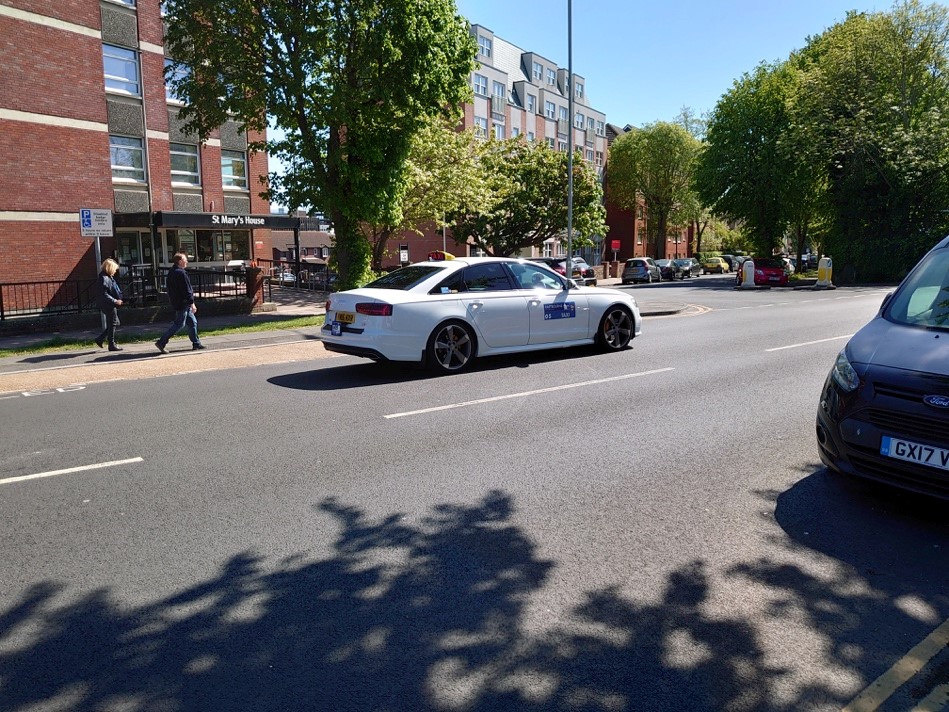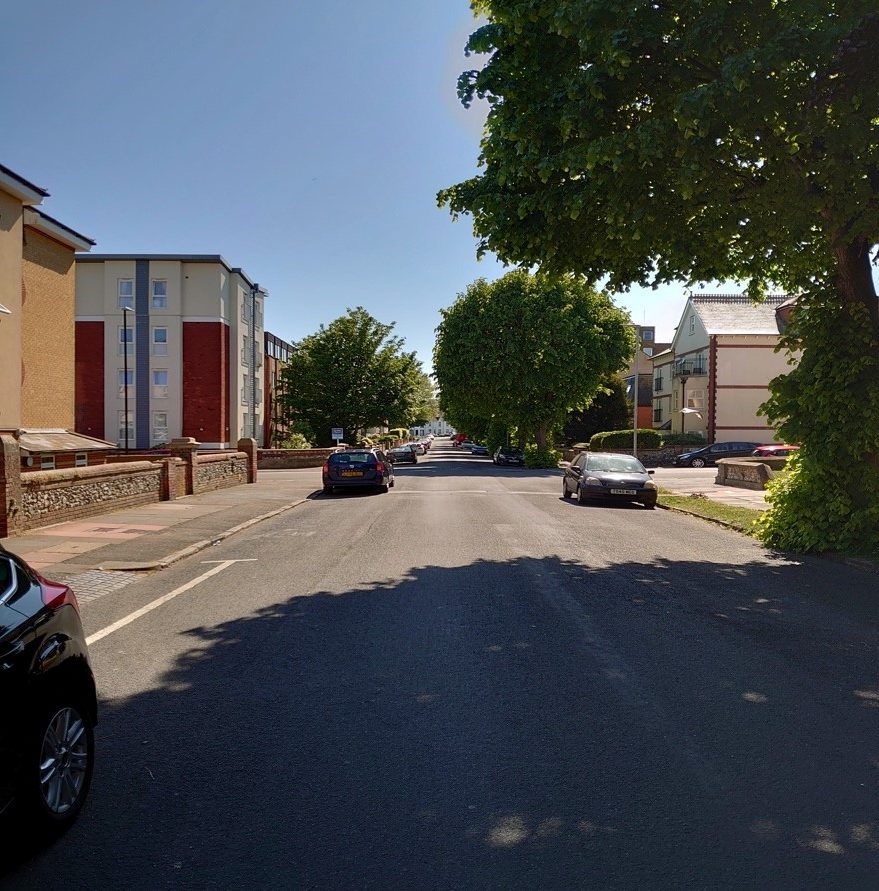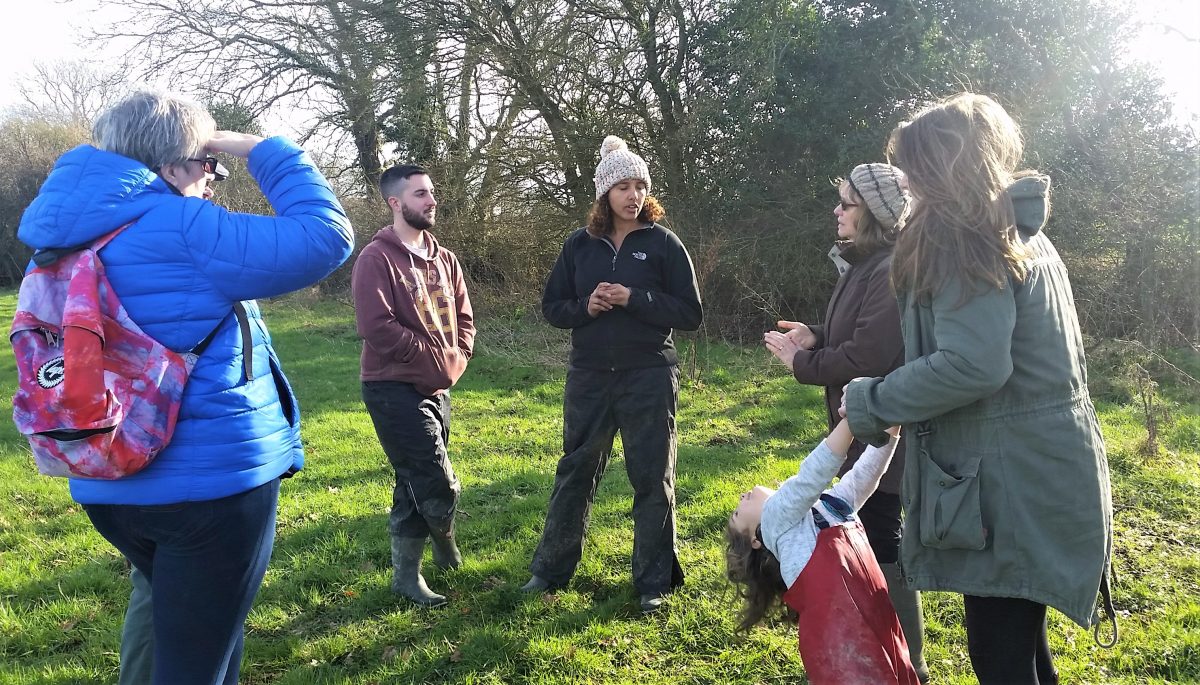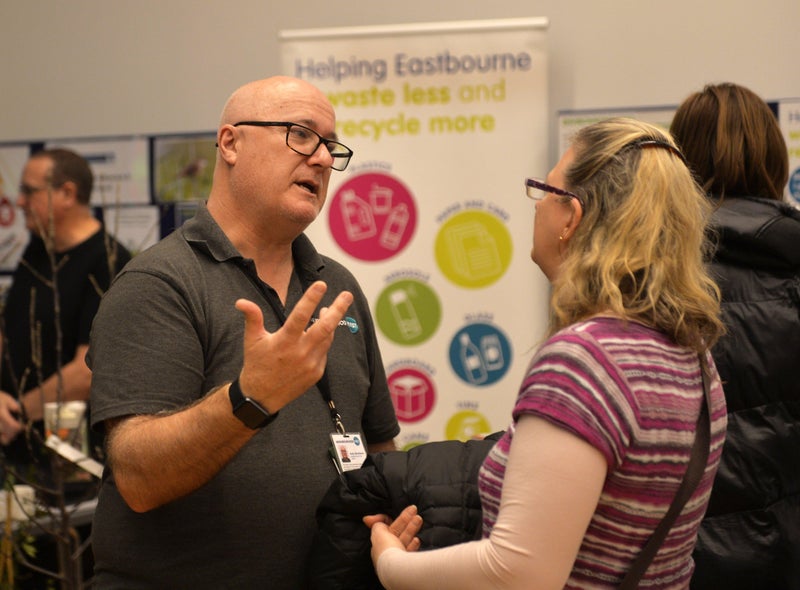On the evening of Wednesday 15th March 2023, at Eastbourne Town Hall, there was a gathering of many of the organisations involved in the Eastbourne Carbon Neutral 2030 campaign. The event was opened with a welcome speech from Andrew Durling, the Executive Director of the Eastbourne Eco Action Network CIC:

Welcome everybody and thank you so much for coming along this evening. It’s so good to see you all. I do hope you find this evening both productive and enjoyable. My thanks go to Eastbourne Borough Council, and Councillor James Murray in particular, as well as the town hall staff, for helping to set up this evening, and to Energise Sussex Coast for co-hosting and co-sponsoring this gathering. My gratitude also goes to Miles Berkely, my predecessor as Executive Director of the Eastbourne Eco Action Network Community Interest Company (EEAN CIC), who did so much to help lay firm foundations for the CIC and for the development of the Eastbourne Carbon Neutral 2030 Campaign (ECN2030) generally. I also want to thank Pauline von Hellerman and Adam Rose for their great contributions whilst they were fellow directors of the EEAN CIC, during which time we all worked together to help lay the foundations for new, independently constituted groups, such as EcoEd2030 and Treebourne.
Also, on behalf of the EEAN CIC, I want to thank you all for the hard work and dedication you have shown in the ECN2030 campaign so far. You have all done amazing things and I know that you will do even more amazing things over the coming years. I look forward to hearing tonight about some of the inspiring projects and the achievements of the various groups and partners within the ECN2030 campaign. However, not every single group and partner in the ECN2030 campaign is represented tonight. To have updates from them all would take too long. But I do hope that this gathering tonight is just the first of regular such gatherings from now on, and that each time we can highlight different aspects of the strategy and the work of any groups and partners not able to be here tonight.
To put the ECN2030 strategy into context, it aims to reduce the carbon emissions of the borough as much as possible by 2030, with whatever emissions still occurring in 2030 offset by carbon capture of those emissions (such as by planting trees), ideally all within the borough itself, creating a Net Zero result. It is a highly ambitious target, but it reflects the fierce urgency of the Climate Emergency we are now well into. The 2030 target was unanimously agreed by all borough councillors in 2019, so there is a settled political consensus around it, backed up by the enthusiastic participation of many volunteers from across the local community in the campaign to try and reach the target. The EEAN CIC was established in September 2019 as a social enterprise dedicated to facilitating the ECN2030 campaign in any way possible and has developed strong working relationships with Eastbourne Borough Council, local community groups, and local businesses to support cross-community collaboration within the campaign.
But what is the scale of the challenge? The Tyndall Centre for Climate Change Research in Manchester says that, in order for Eastbourne to do its fair share under the UN Paris Agreement, then it should achieve an 82% reduction of emissions relative to the 2015 baseline for the borough. By my calculation that equates to a total of emissions in 2030 of just 64 ktCo2. To put that in perspective, the borough’s emissions in 2020 were 276 ktCO2.

But reducing the borough’s emissions has to be done sustainably, as part of an overall strategy to create a truly sustainable town that lives within the ecological boundaries of our one planet. UK emissions fell significantly in 2020, but primarily because of the pandemic lockdown. But that fall could not be sustained because lockdown had to end at some point in order to get the economy going again. A truly sustainable reduction requires systemic, enduring change across all sectors of the local economy, and in all aspects of our own lifestyles, so that we end up with a town in 2030 where the quality of life is such that it is an even better place to live and work in than in 2020. We can call that a One Planet Eastbourne.

An interactive mindmap of One Planet Eastbourne can be found on a new Community Ecosystem platform on OnePlanet.com that the EEAN CIC has created, and I invite everybody to have a look at it and see what they think. I hope some of you tonight may be interested in becoming part of the team that develops this platform and also provides support for any community group or business that wishes to create its own sustainability plan and connect it to this new platform. In that way we can create a visually engaging, interactive map of all the actions being undertaken within the ECN2030 campaign, joining up all the dots to see where the challenges and opportunities are for scaling up collaboration across the campaign, as well as monitoring the progress made.
The EEAN CIC collaborated intensively with Eastbourne Borough Council and the Eastbourne Chamber of Commerce to mount a Sustainable Business & Solar Summit at the Welcome Building last November, which was adjudged a great success by most who attended, forging much closer links between local businesses, councillors, and community energy cooperatives, as well as creating a much greater awareness of the huge potential for renewable energy installations and energy efficiency retrofits throughout Eastbourne, which would result in significant savings on energy bills, make warmer homes, and create more green jobs. Similar summits are now planned for each year of the ECN2030 campaign. I would like to thank my fellow directors, Jill Shacklock and Rob McGowan, in particular for the huge amount of work they put into organising the summit.

Finally, the EEAN CIC has entered into a long-term partnership with the Eastbourne Climate Coalition to develop a Climate Hub for Eastbourne, which will facilitate positive engagement with the local community about how they can become involved in creating a more sustainable and resilient zero carbon town and how they can make changes in their own lives that fit in with One Planet Living as well as increasing their quality of life at the same time. Two pop-up hubs last year – at the E-Festival and in the Beacon shopping centre – have already taken place, their success proving that the Climate Hub concept can work, thanks to the commitment and creativity of so many local volunteers and community groups.
The following groups made slideshow presentations during the gathering, which can be accessed in the links below:


